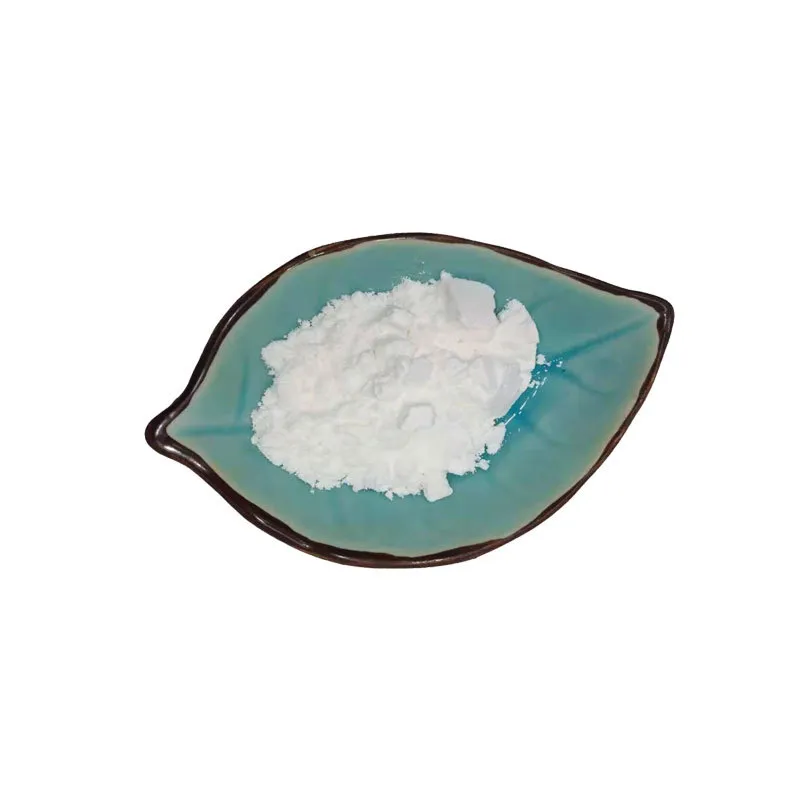Warning: Undefined array key "title" in /home/www/wwwroot/HTML/www.exportstart.com/wp-content/themes/1198/header.php on line 6
Warning: Undefined array key "file" in /home/www/wwwroot/HTML/www.exportstart.com/wp-content/themes/1198/header.php on line 7
Warning: Undefined array key "title" in /home/www/wwwroot/HTML/www.exportstart.com/wp-content/themes/1198/header.php on line 7
Warning: Undefined array key "title" in /home/www/wwwroot/HTML/www.exportstart.com/wp-content/themes/1198/header.php on line 7
- Afrikaans
- Albanian
- Amharic
- Arabic
- Armenian
- Azerbaijani
- Basque
- Belarusian
- Bengali
- Bosnian
- Bulgarian
- Catalan
- Cebuano
- China
- China (Taiwan)
- Corsican
- Croatian
- Czech
- Danish
- Dutch
- English
- Esperanto
- Estonian
- Finnish
- French
- Frisian
- Galician
- Georgian
- German
- Greek
- Gujarati
- Haitian Creole
- hausa
- hawaiian
- Hebrew
- Hindi
- Miao
- Hungarian
- Icelandic
- igbo
- Indonesian
- irish
- Italian
- Japanese
- Javanese
- Kannada
- kazakh
- Khmer
- Rwandese
- Korean
- Kurdish
- Kyrgyz
- Lao
- Latin
- Latvian
- Lithuanian
- Luxembourgish
- Macedonian
- Malgashi
- Malay
- Malayalam
- Maltese
- Maori
- Marathi
- Mongolian
- Myanmar
- Nepali
- Norwegian
- Norwegian
- Occitan
- Pashto
- Persian
- Polish
- Portuguese
- Punjabi
- Romanian
- Russian
- Samoan
- Scottish Gaelic
- Serbian
- Sesotho
- Shona
- Sindhi
- Sinhala
- Slovak
- Slovenian
- Somali
- Spanish
- Sundanese
- Swahili
- Swedish
- Tagalog
- Tajik
- Tamil
- Tatar
- Telugu
- Thai
- Turkish
- Turkmen
- Ukrainian
- Urdu
- Uighur
- Uzbek
- Vietnamese
- Welsh
- Bantu
- Yiddish
- Yoruba
- Zulu
Aug . 13, 2024 19:36 Back to list
Exploring the Effects of Xanthan Gum on Milk Texture and Stability in Dairy Products
The Role of Xanthan Gum in Milk Products
Xanthan gum, a polysaccharide produced through the fermentation of glucose or sucrose by the bacterium *Xanthomonas campestris*, has gained immense popularity in the food industry, particularly in dairy applications. Its unique properties as a thickening and stabilizing agent make it especially beneficial in milk and milk-based products. This article explores the significance of xanthan gum in milk, its functional properties, and its impact on texture, stability, and health.
Functional Properties of Xanthan Gum
Xanthan gum is renowned for its ability to create viscosity in liquid solutions. When mixed with water, it forms a gel-like texture that can significantly enhance the mouthfeel of various dairy products. This characteristic is particularly important in products like yogurt, ice cream, and milkshakes, where a creamy, smooth consistency is desired. The structure of xanthan gum contains both hydrophilic (water-attracting) and hydrophobic (water-repelling) regions, allowing it to interact favorably with other constituents in milk and to retain moisture effectively.
Due to its high shear stability, xanthan gum can withstand the mechanical processes involved in the production and processing of dairy products. This means that even when subjected to mixing or pumping, xanthan gum maintains its thickening ability, resulting in consistent product quality. Additionally, it demonstrates excellent temperature stability, which is critical during various stages of dairy processing, including pasteurization and homogenization.
Texture and Stability Enhancement
In milk products such as low-fat milk, the absence of fat can lead to less desirable texture and mouthfeel. Xanthan gum can help mimic the creamy texture typically associated with higher fat content, providing a satisfying experience for consumers without the added calories. By enhancing viscosity, xanthan gum also helps prevent the separation of whey in products like yogurt, creating a more stable product that is visually appealing and texturally pleasing.
xanthan gum in milk

Another significant advantage of xanthan gum is its ability to form stable emulsions. This property is particularly important in products that combine oil and water phases, such as flavored milk and creamers. By ensuring that these phases do not separate, xanthan gum contributes to the overall quality and shelf life of the product.
Health Considerations and Consumer Acceptance
From a health perspective, xanthan gum is generally recognized as safe (GRAS) by the U.S. Food and Drug Administration (FDA). It is low in calories and can contribute to a feeling of fullness, which may benefit some consumers looking to manage their weight. Additionally, as a plant-based additive, xanthan gum is suitable for various dietary preferences, including vegetarian and vegan diets.
However, it is essential to address consumer trends towards clean labels and natural ingredients. While xanthan gum is a natural product, some consumers may prefer to avoid additives altogether. Manufacturers are increasingly challenged to balance the functional benefits of xanthan gum with these consumer preferences. Transparent labeling and education about its benefits can help alleviate concerns and enhance acceptance.
Conclusion
Xanthan gum plays a vital role in enhancing the quality, texture, and stability of milk and milk-based products. Its unique properties not only improve mouthfeel and viscosity but also ensure product consistency and prolong shelf life. As the dairy industry continues to evolve, xanthan gum's versatility and functional benefits will likely secure its position as an essential ingredient. With proper education and transparency, manufacturers can capitalize on xanthan gum's advantages while addressing consumer demands for clean formulations. Ultimately, xanthan gum represents a bridge between functional food science and consumer health, ensuring that dairy products remain appealing and enjoyable for all.
Latest news
-
Certifications for Vegetarian and Xanthan Gum Vegetarian
NewsJun.17,2025
-
Sustainability Trends Reshaping the SLES N70 Market
NewsJun.17,2025
-
Propylene Glycol Use in Vaccines: Balancing Function and Perception
NewsJun.17,2025
-
Petroleum Jelly in Skincare: Balancing Benefits and Backlash
NewsJun.17,2025
-
Energy Price Volatility and Ripple Effect on Caprolactam Markets
NewsJun.17,2025
-
Spectroscopic Techniques for Adipic Acid Molecular Weight
NewsJun.17,2025

